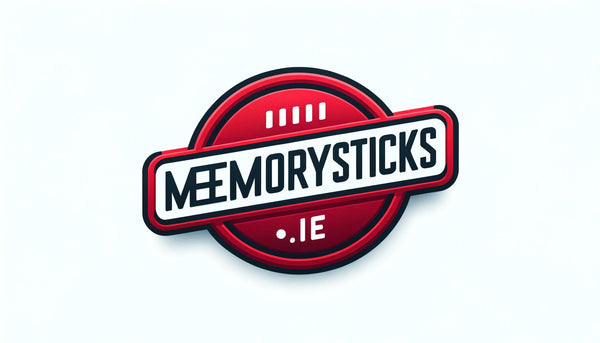Introduction
In the digital age, USB sticks, also known as flash drives or memory sticks, have become indispensable tools for storing and transferring data. They are compact, portable, and can hold vast amounts of information. However, like any technology, they are not immune to problems. Users often encounter issues that can lead to data loss, corruption, or device failure. One common issue with USB sticks is the risk of data loss due to accidental deletion or formatting. It is important to regularly back up your important files to prevent permanent loss.
Understanding USB Stick Basics
Before diving into troubleshooting, it's essential to grasp the basics of USB sticks. These devices use flash memory to store data and connect to computers via USB (Universal Serial Bus) ports. There are several types of USB sticks, including USB-A, USB-C, and USB 3.0, each offering different speeds and compatibility features.
Common USB Stick Issues and Solutions
- Recognising the Signs of a Faulty USB Stick
- Symptoms of a malfunctioning USB stick include unrecognized devices, slow performance, or error messages.
- Differentiating between hardware and software issues is crucial. Physical damage or wear and tear indicates hardware problems, while driver or file system errors suggest software issues.
- Resolving Connectivity Problems with USB Sticks
- Ensuring a secure connection is vital. Check for debris in the port and ensure the USB stick is firmly plugged in.
- Troubleshoot USB port and driver issues by trying different ports, updating drivers, or using a different computer.
- Overcoming Data Accessibility Challenges
- Common file system errors can be resolved by running disk repair tools or formatting the USB stick (note that formatting erases all data).
- Data recovery software can help retrieve inaccessible data, but professional services may be needed for severe cases.
- Addressing USB Stick Performance Issues
- Optimise performance by regularly defragmenting the USB stick and formatting it to the appropriate file system (e.g., NTFS for Windows, FAT32 for cross-platform compatibility).
- Use USB 3.0 sticks and ports for faster data transfer speeds.
- Preventing Data Loss and Corruption
- Always use the "Safely Remove Hardware" option before unplugging the USB stick.
- Keep backups of important data and avoid exposing the USB stick to extreme temperatures or moisture.
- Navigating Compatibility Issues with USB Sticks
- Be aware of compatibility between different USB standards. For example, a USB 3.0 stick will work in a USB 2.0 port, but at reduced speed.
- Check compatibility with different operating systems, especially when using USB sticks with both Windows and Mac computers.
Advanced Troubleshooting Techniques
For more complex issues, disk management tools like Disk Management in Windows or Disk Utility in macOS can provide deeper insights and repair options. If the problem persists, seeking professional help from a data recovery specialist or a technician may be necessary.
Maintaining Your USB Stick for Longevity
Regular maintenance and care can extend the life of your USB stick. Keep it clean, store it in a protective case, and update any software or firmware provided by the manufacturer.
Exploring Alternatives to USB Sticks
While USB sticks are convenient, other portable storage options like cloud storage, SD cards, or external hard drives may be more suitable for certain needs. Each option has its pros and cons, such as storage capacity, security, and accessibility.
Conclusion
Troubleshooting and maintaining USB sticks are essential skills in today's digital world. By understanding common issues and their solutions, users can ensure their data remains safe and accessible. Stay proactive in resolving USB stick issues and consider exploring alternative storage solutions to meet your evolving needs.
Discover More Solutions for Your USB Stick Needs
For those looking to enhance their digital storage experience, a wide range of USB sticks and accessories are available. Whether you need a high-capacity USB stick for photos or a durable option for everyday use, there's a solution to meet every requirement. Explore the possibilities and find the perfect USB stick to suit your needs.
Check out our USB Sticks

